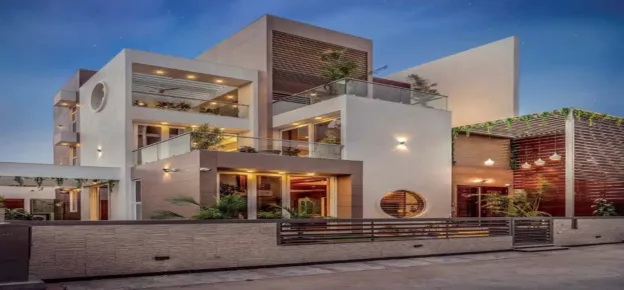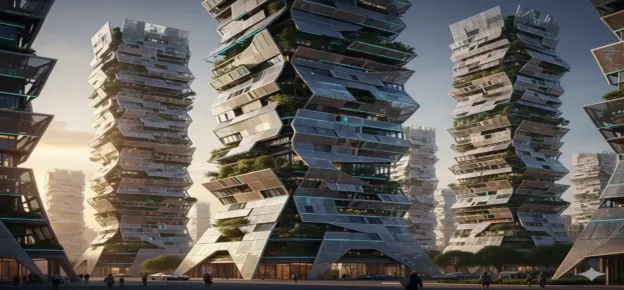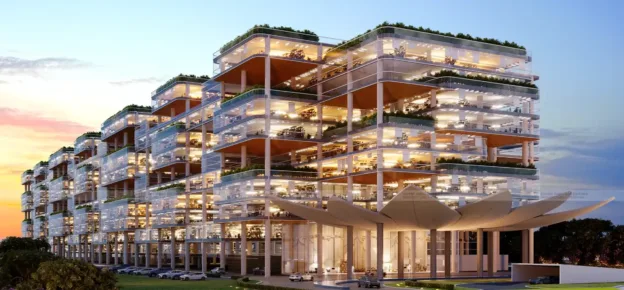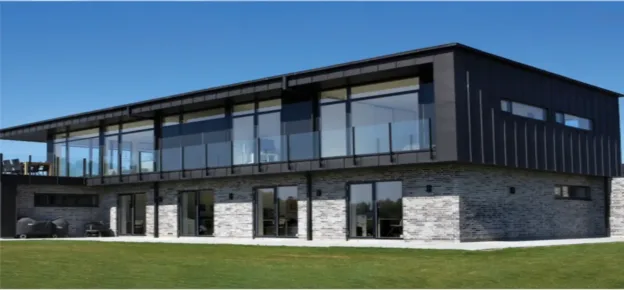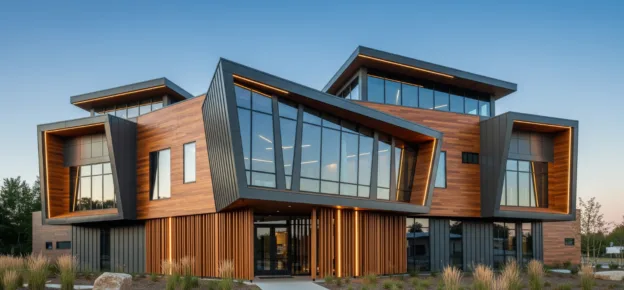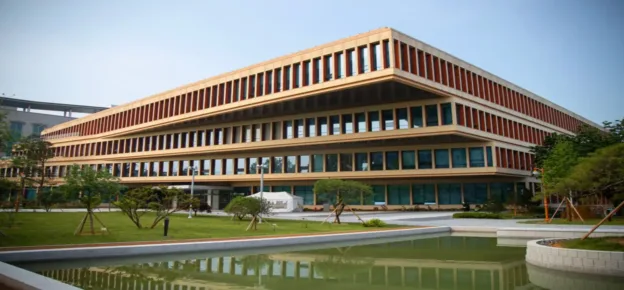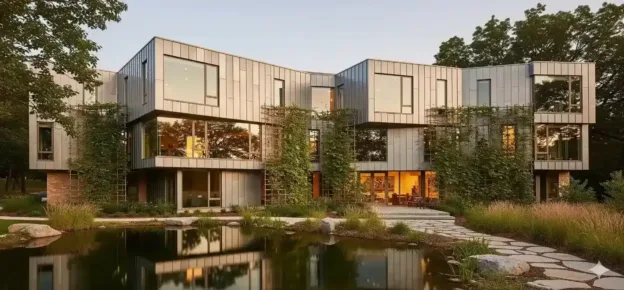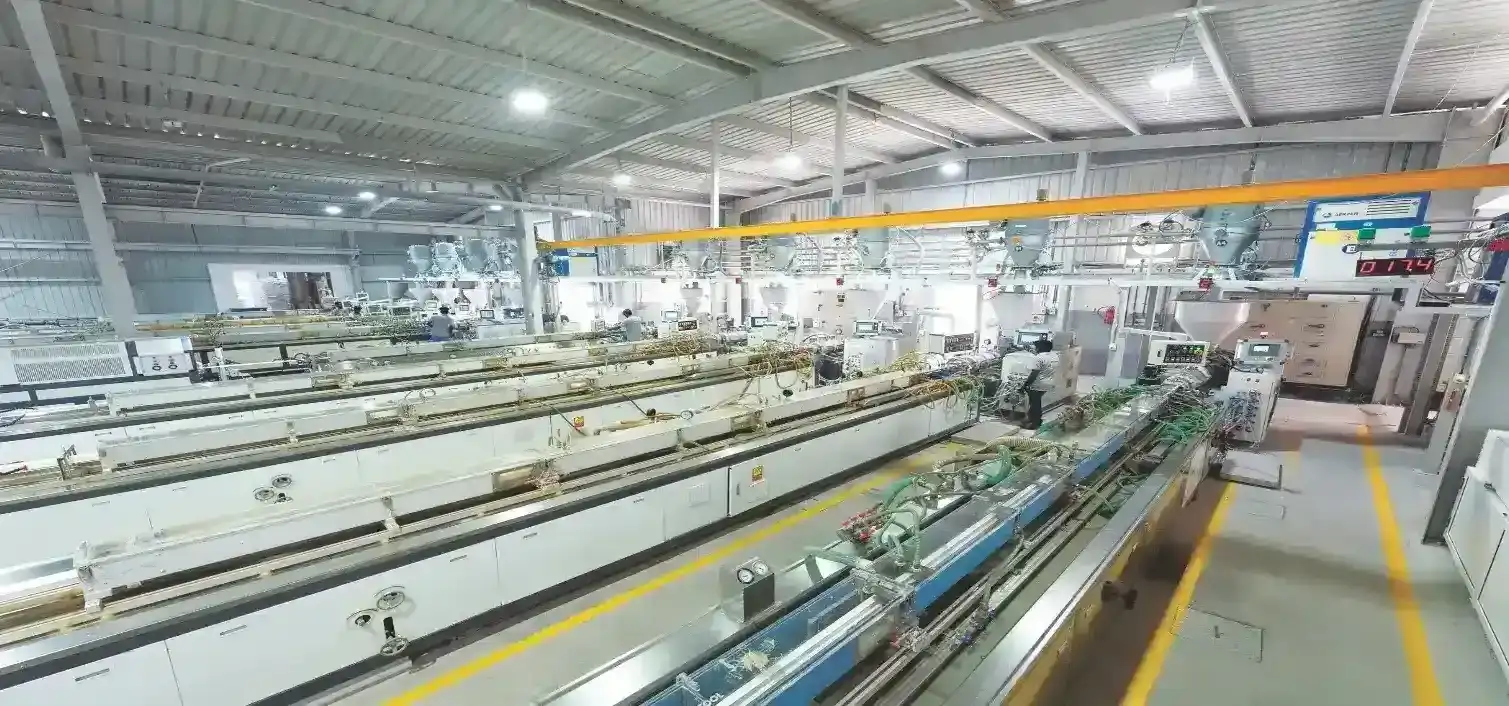Q. Touzet Studio Is Known For Its Deep Connection To Culture, Context, And Community. How Would You Describe The Studio’s Core Design Philosophy?
We are a design-centred studio that focuses on craft, materials, and the desires and needs of each client, always grounded in the culture, history, and climate of each site.
In an age of increasingly large, global studios, we still believe in the power of the individual studio: one attuned to its community, deeply aware of the climate’s demands, and devoted to telling the stories of its place. We follow a collaborative atelier model – a hyper-local, hands-on approach.
Our work ranges from private clients – including some of the most design- and tech-forward companies and developers in the world – to bespoke homes and interiors for private individuals. More recently, we have also begun expanding into public work and furniture/object design.
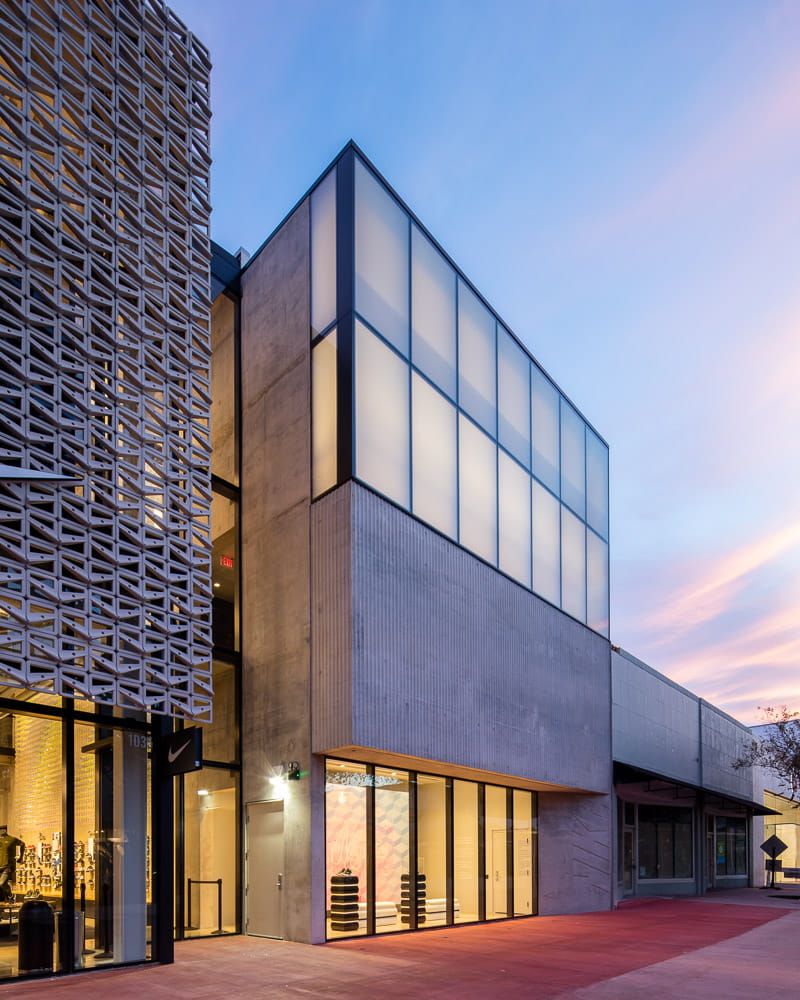
Q. Could You Tell Us About Some Key Projects?
Mary Street – an adaptive reuse of an ageing 1980s parking structure that we reimagined as a mixed-use project with a Class A office building. The façade was key: we added a brise-soleil of terracotta baguettes to the parking deck and floated a glass office volume above. We wanted a fresh take on terracotta for our region – nothing too heavy. We studied the striations of seashells to inspire a lighter, more playful Miami palette.
For the Nike flagship on Lincoln Road and the Brown Jordan showroom in the Design District, we designed brise-soleils made of GFRC. We love the idea of a concrete that uses less metal and is lighter, as we search for materials that can help adapt to sea-level rise and mitigate heat.
Q. What Innovative Materials Or Technologies Are You Most Excited About When It Comes To Sustainable Building?
Terracotta is a material we are very excited about – it performs beautifully in our climate and has a much lower carbon footprint than concrete. Last year, we were selected for the ACAW (American Ceramic Assemblies Workshop), and we learned so much that we’re eager to explore further. Mary Street has been so well received, and we love that the colour will not fade – that is no small feat under our intense sun.
We are also looking at terracotta as cladding because we are seeing more and more issues with stucco delaminating and cracking due to heat. In another project, we are exploring low-carbon seawater concrete mixes using recycled aggregate.
We are deeply committed to improving concrete design and using less carbon and less fresh water.
We constantly try to reduce the use of freshwater through grey water systems and cisterns on our projects – water scarcity is a major concern for the future. And we absolutely love solar energy – we would include it in every single project if we could. We believe Florida should be an example, a true Sunshine State. All that power is beaming at us constantly. We try to make the roof of every project an energy producer, water collector, or green space.
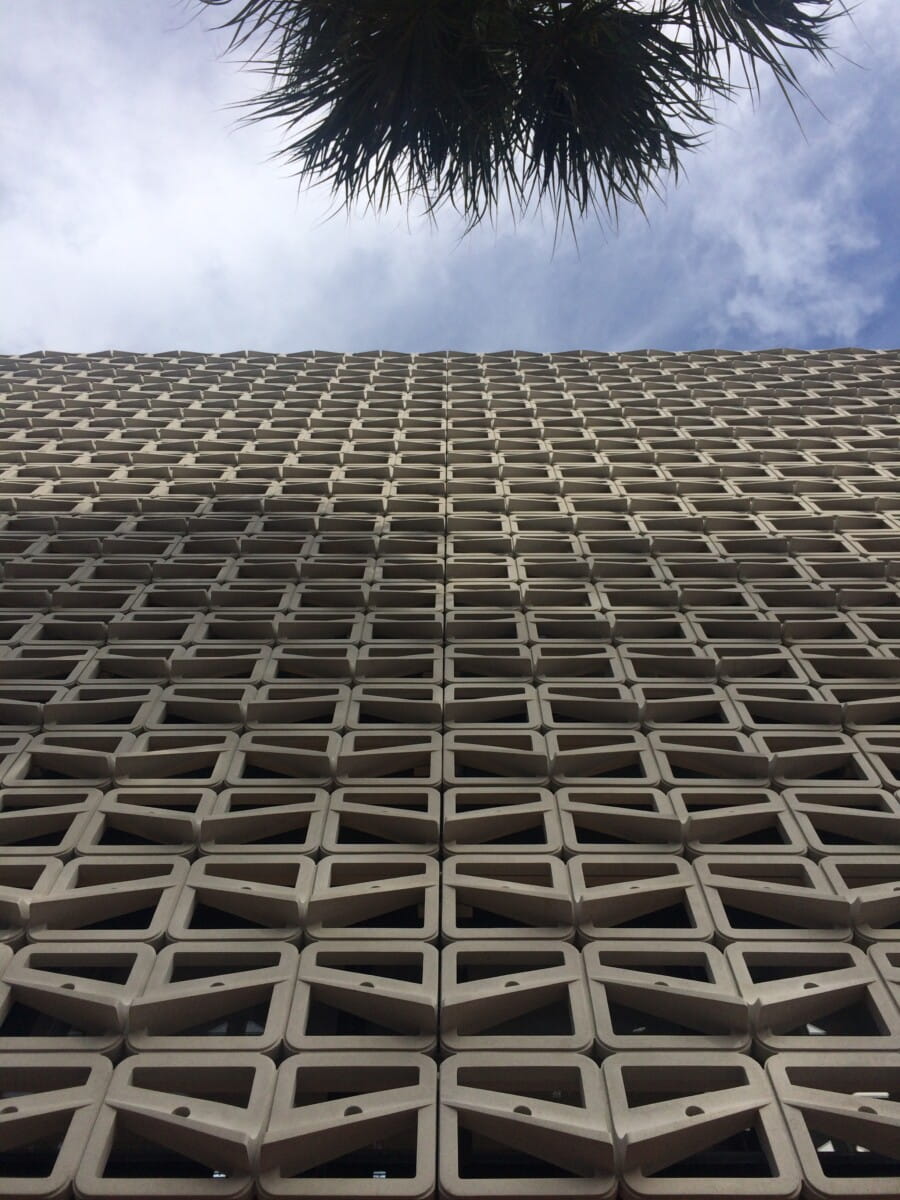
Q. Your Work Consistently Reflects A Deep Understanding Of Place And History. How Do You Approach Designing For Rapidly Changing Urban Environments Without Losing The Essence Of Local Context?
We always start by diving deep into the history of each site and each client. Architecture is, at its core, a form of storytelling – it reveals who built it, and what their values and aspirations were.
For us, it is always a balance between honouring the stories of where we’ve been and creating space for the hopes and dreams of those shaping new visions.
For example, we use materials like terrazzo and local keystones because they are deeply rooted in the region’s culture. We design with courtyards, porches, and deep overhangs – not just because they are beautiful, but because they make sense for our climate. We create new, relevant designs that look forward while ensuring that the stories and people who came before are woven into the new narrative, sometimes even through the names we give.
Q. What Role Do Digital Tools, Modelling, And Simulations Play In Shaping Your Architectural Solutions Today?
We use them constantly – 3D printing and modelling are essential. We move from design studies all the way to mould-making.
We sometimes even use AI to build mood boards or imagine things that don’t exist yet. But we also still sketch and draw by hand. I occasionally build first models out of clay.
These are all tools we embrace, but we have a deep fondness for the sketch – it is still the most powerful tool an architect possesses. No computer is faster.
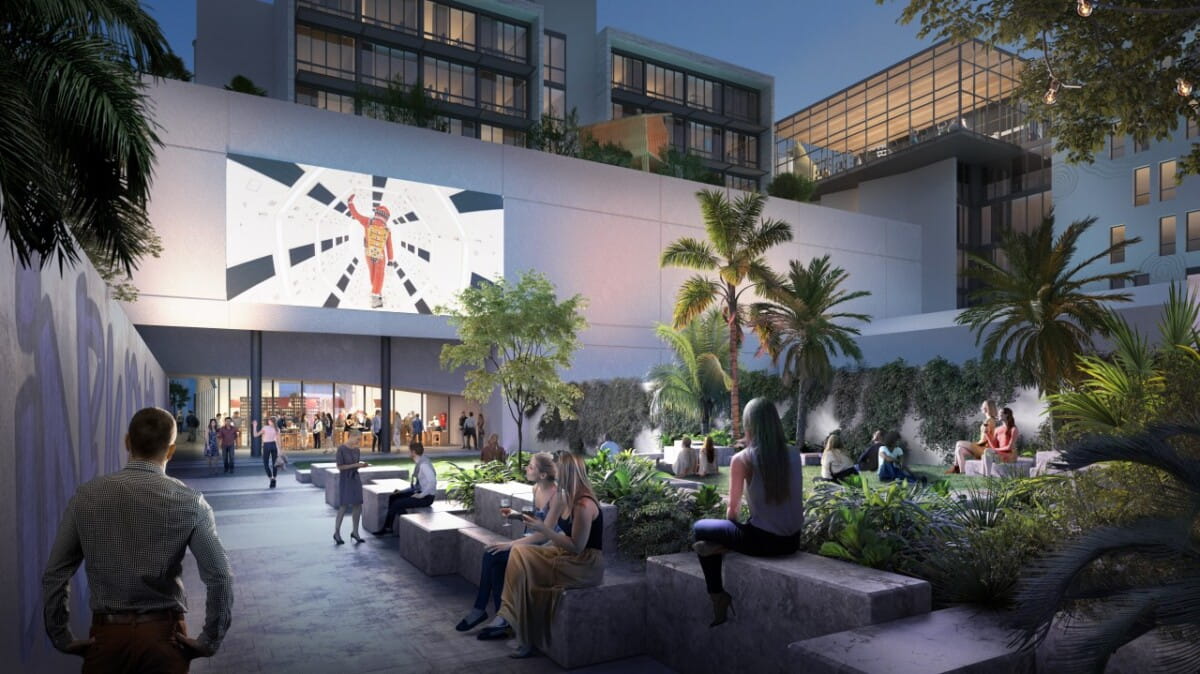
Q. What Future Trends Or Challenges In Architecture Excite Or Concern You Most?
The existential threat of climate change tops the list – it is the defining challenge of our time. I have dedicated myself to trying to be part of the solution and to helping the next generation with whatever tools I can offer. We spend a lot of time working with students and young people.
Another concern is the banality of design produced entirely by computers, without human hands or spirit guiding it – the loss of craft. Architecture, at its best, lifts spirits and improves lives.
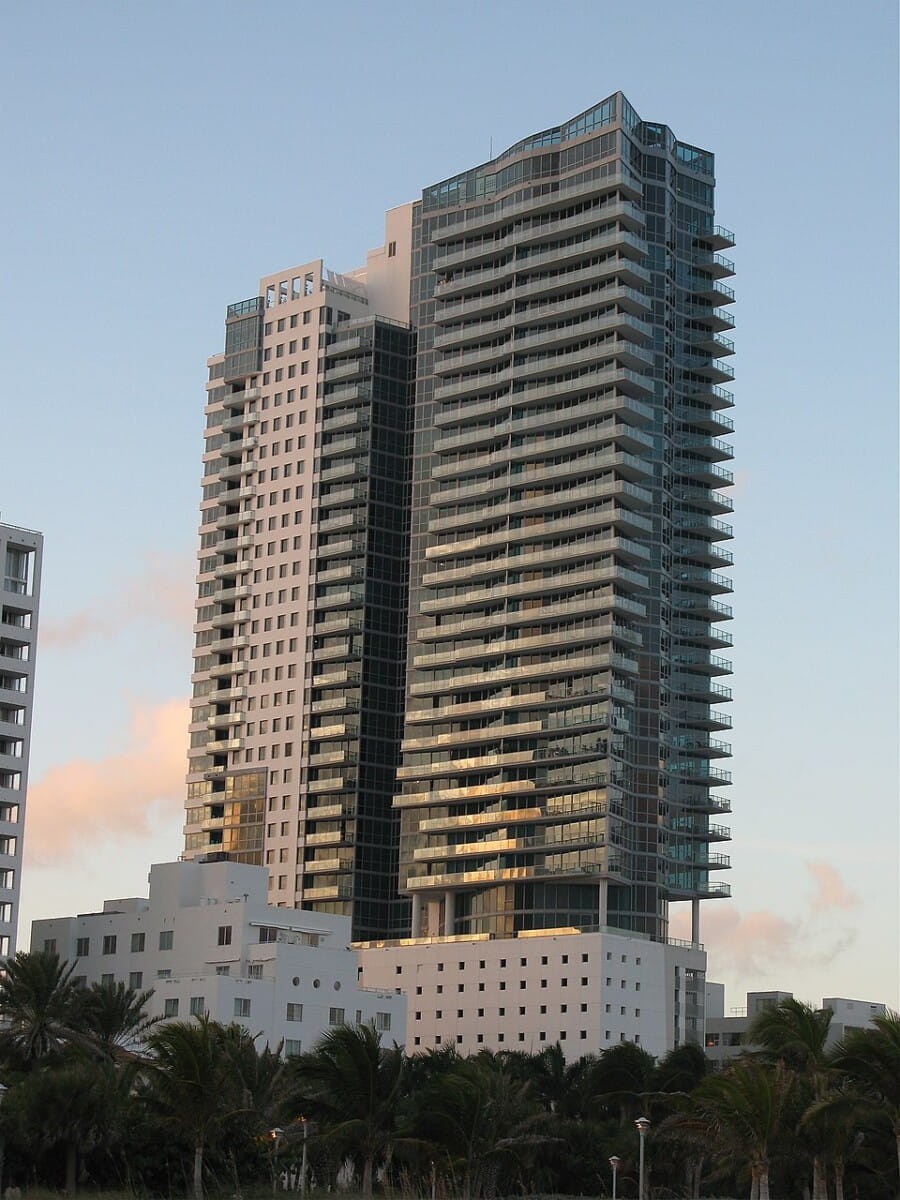
Q. Many Of Your Projects Feature Layered Façades That Respond To Light And Privacy. How Does The Interplay Of Transparency, Texture, And Shading Inform Your Architectural Language?
Those layers are essential in our climate to mitigate heat and the sun. The Cuban architects at the University of Havana spoke of the three Ps – persianas, patios, and portales (louvres, courtyards, and porches). These were deeply understood tools for designing in heat.
We believe these layers are not only essential but even more relevant today as the planet continues to warm.
Q. What Advice Would You Offer To Young Designers Hoping To Blend Artistry With Social And Environmental Responsibility?
I would tell them: stay true to your vision. Arm yourself with as much knowledge and experience as you can, and then go forth boldly and make it happen. The world needs creative people who can solve problems beautifully – people who lift the human spirit. We are the wayfinders, the ones who shape the future. I hope that the future is shaped by talented, committed humans with a deep love for both humanity and the planet. Our generation needs to nurture and protect these young designers, to encourage them, because the challenges they face are enormous.


